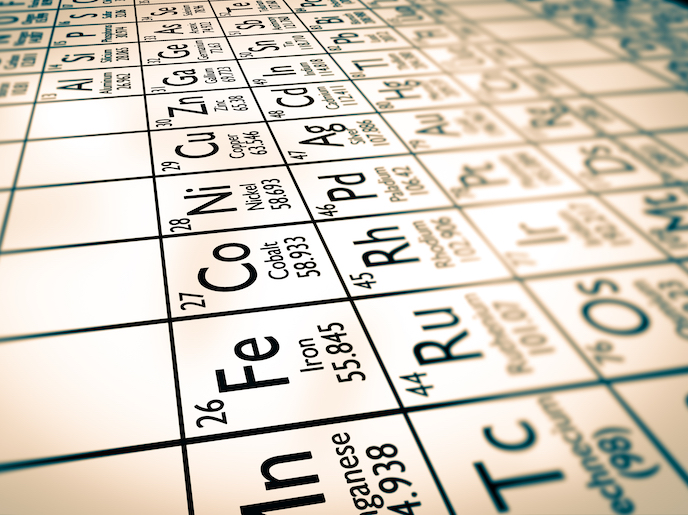Simulating soluble salts
Many hydrophobic materials develop a negative charge where they are in contact with water. Despite this property being useful and widely observed, scientists cannot yet explain it. To try and understand why this happens, the EU funded the EXCHARGEHYD (The origin of excess charge at the water/hydrophobic interfaces) project. Researchers aimed to model the behaviour of salts at this interface to better understand the cause of the negative charge. Using sophisticated computer software, EXCHARGEHYD modelled the forces found in different soluble charged chemicals (dissolved salts with negative charges). The behaviour of these molecules was simulated within a common mathematical model of water behaviour called the simple point charge-extended model. Researchers tried to apply the results obtained for one molecule (sodium sulphate) to a wider range of molecules, without success. They showed that a scaling factor was needed to account for the different sized atoms. The work of EXCHARGEHYD will advance the field of molecular dynamics and shed light on a current mystery in physical chemistry. Ultimately, the work will improve simulated chemical behaviour experiments for chemists everywhere.







